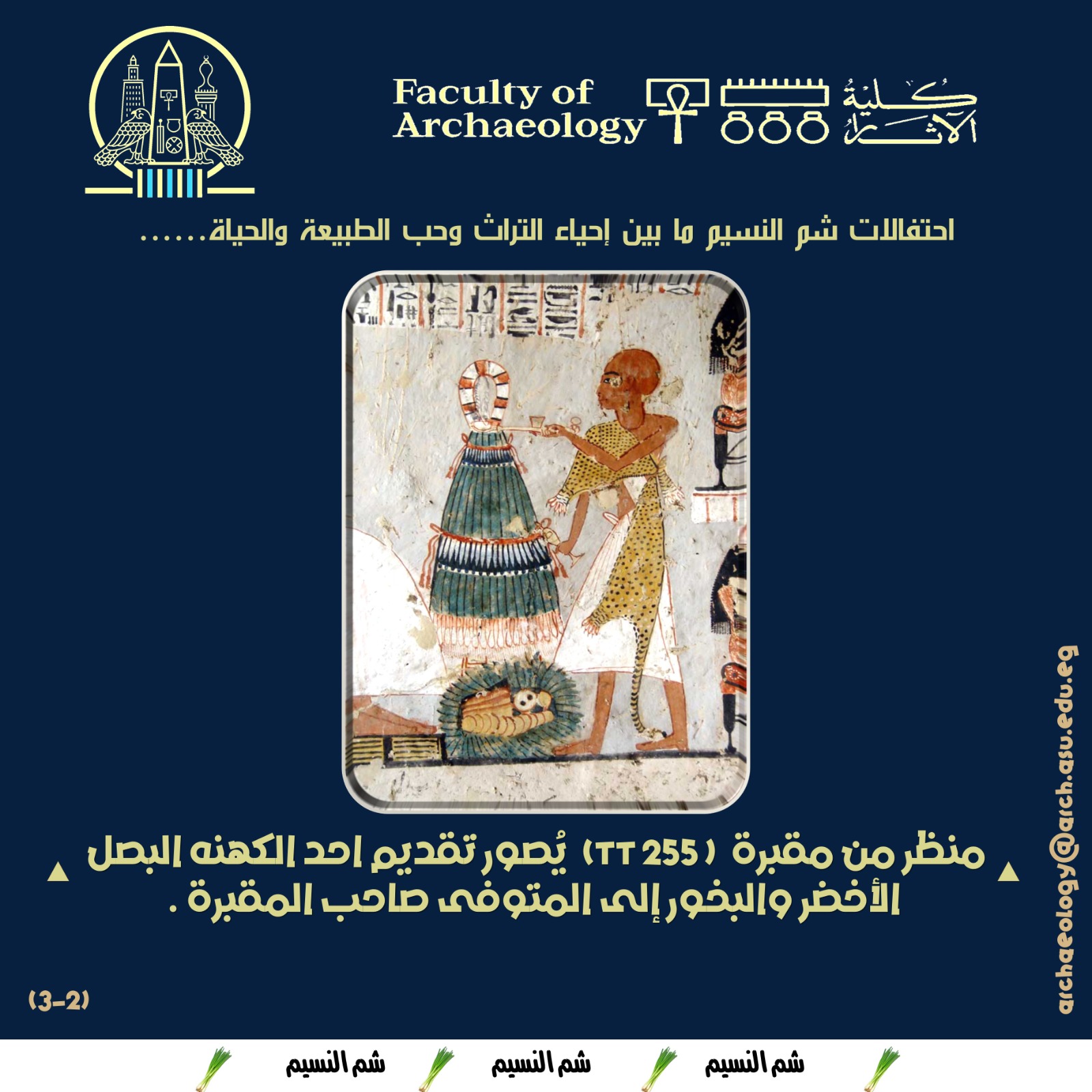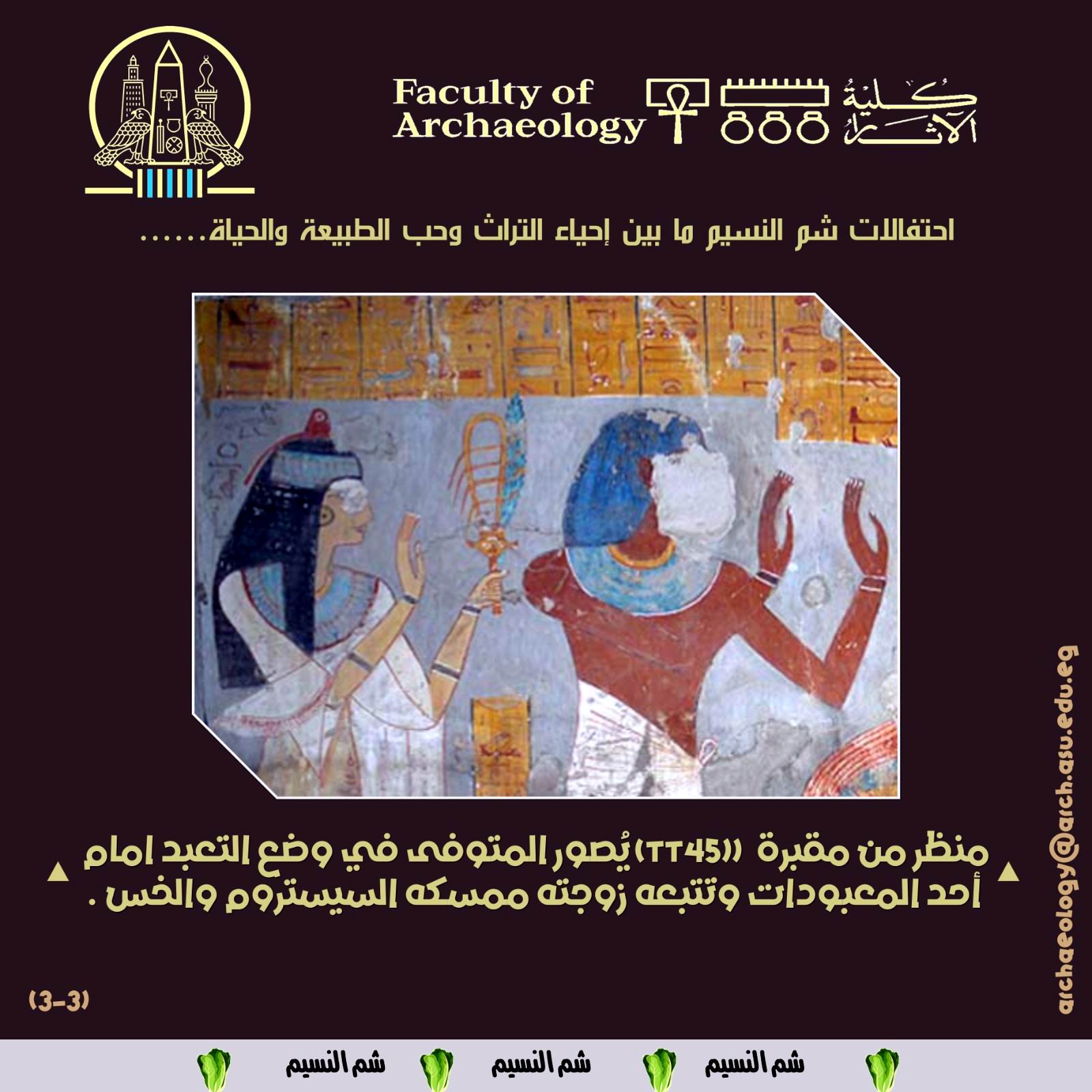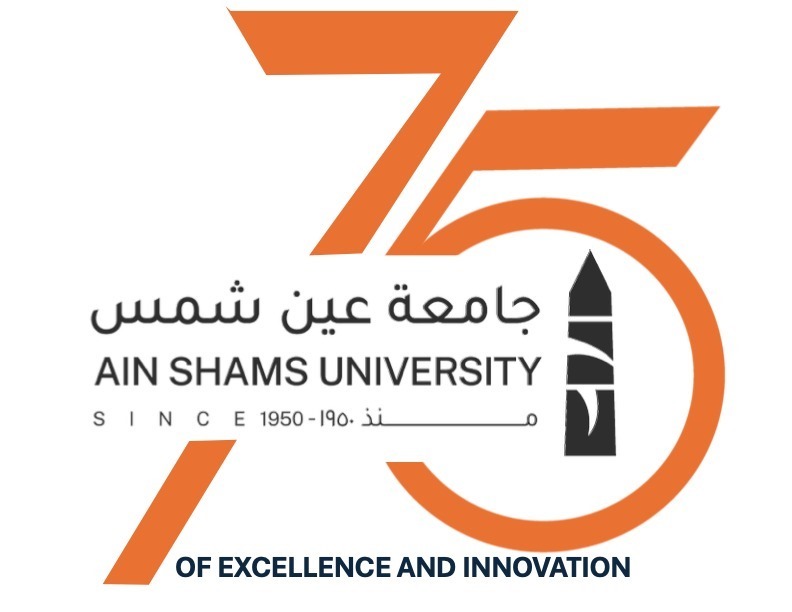Sham El-Nessim celebrations between the revival of heritage and the love of nature and life
2023-05-11The manifestations of the celebrations inherited by the ancient Egyptians were manifested in holidays, including the Harvest Festival, which was celebrated in the third and last season of the year, "Shamu" for the Egyptians, to symbolize the new resurrection in which creatures are renewed and nature flourishes with everything in it, so the flowers and the spread of greenery heralded the beginning of The harvest season, and it is believed that this name in the hieroglyphs “Shamo” turned into the word “Sham” in the Coptic language.
As for the inherited foods that are currently associated with Sham El-Nessim, we find that the ancient Egyptian was already keen on having them on his menu because of their religious and intellectual significance linked to his belief:
Eggs: symbolize renewal and the beginning of creation, as they are the source of life from inanimate objects and stillness.
Salted fish (Al-Fasikh): The Egyptian was keen to eat it and excelled in its manufacture, and allocating places similar to workshops for its manufacture.
Onions: The Egyptians attached great importance to eating the onion plant, and it was part of the rituals held for a group of ceremonies, and onions were associated with prevention and healing from some diseases.
Lettuce: It has a symbolic and ideological significance for the ancient Egyptians. Because this plant is associated with some deities, headed by the deity "Min", the deity of fertility and reproduction, the medical "Ebers" papyrus indicated the benefit of eating it as a treatment for diseases of the digestive system.
 |
 |


.svg)
